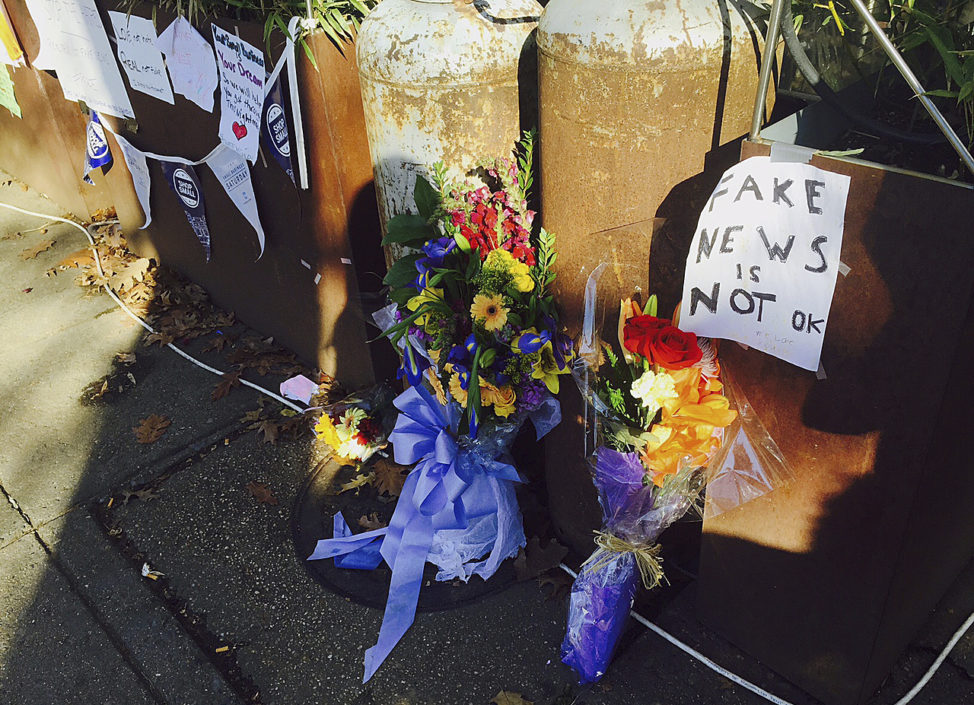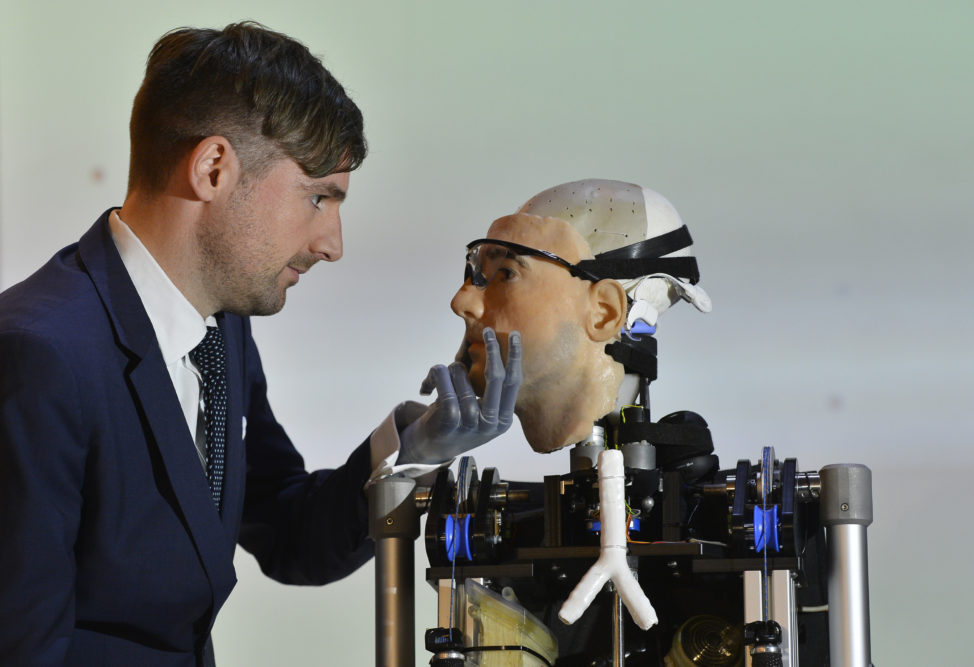Looking back at this past year’s tech scene, 2016 distinguished itself as the year of ransomware and fake news. It witnessed the ongoing battle over privacy and Samsung’s exploding phones, and saw the continued rise of artificial intelligence and the proliferation of drones. Here are some of the year’s leading stories:
The ransom year
While Yahoo revealed in 2016 that it had suffered the largest cybersecurity breach ever, compromising up to one billion users, 2016 was unquestionably the year of ransomware.
Starting off on the wrong foot, 2016 first saw Los Angeles Hollywood Presbyterian Medical Center come under attack in February. Hackers hijacked the hospital’s data files and locked them down with an encryption virus, demanding $3.6 million in ransom to unencrypt them. Crippled by the attack, the hospital paid the ransom in Bitcoin, as demanded. But that was just the beginning. More hospitals and banks fell prey to ransomware attacks, some of which were blamed on China-based hackers.
By March, about 93 percent of phishing emails were loaded with encryption malware. The trend has also been rising on mobile smartphones and becoming the main threat on Android devices in several countries. In some cases, hackers who got paid still deleted the victims’ files. And the cost of cleaning up ransomware damage, estimated around one billion dollars in 2016, are also rising.
Faking the news

FILE – Flowers and notes left by well-wishers are displayed outside Comet Ping Pong, the pizza restaurant in Washington where an armed man arrived to investigate a fake news story, Dec. 9, 2016.
2016 was unquestionably the year that data-driven news, fabricated posts, and false opinion polls took to social media, particularly Facebook and Twitter, and wreaked havoc leading up to the U.S. presidential election in November. A fake news story later prompted a man to fire a rifle in a Washington, D.C. restaurant as he “self-investigated” a conspiracy theory claiming the restaurant harbored sex slaves.
Facebook and Twitter later joined forces to tackle fake news content.
For Facebook, where the problem was most evident, trouble started when the social media service replaced the human curators of its Trending Topics section with an automated module or algorithm. The change led to a series of questionable decisions that included banning a famous historic Vietnam picture while allowing a naked picture of an Irish teenager posted for revenge to stay online. That last episode led to a lawsuit in Ireland.
Facebook has been testing tools to help users flag fake news stories.
Casualty: Privacy

FILE – A man holds up his iPhone during a rally in support of data privacy outside the Apple store, Feb. 23, 2016, in San Francisco.
This past year, privacy was put to the test when the U.S. Federal Bureau of Investigation (FBI) demanded Apple unlock an iPhone belonging to a mass shooter in the San Bernandino, California terror attack that killed 14 people.
Apple refused to unlock the iPhone or add backdoors to future devices to help the FBI gain access to encrypted data, saying that would set a dangerous precedent. The FBI argued at the time it only wanted access to that particular iPhone, although it turned out that was not the case. Ultimately, the FBI hired a third party to unlock the phone and refused to share with Apple how it was done. But the controversy will change online privacy forever and has already spurred a move to create more secure mobile devices and applications.
While defending his position, Apple CEO Tim Cook speculated that governments could very well force technology companies to develop software to spy on users in the future.
In India, which maintains the world’s largest biometric database, the parliament moved to make the database accessible to all government agencies in the interest of national security. The database was built originally to streamline payments and benefits and crack down on corruption, but the parliament’s move raised concerns over the privacy of up to a billion people.
AI rising

FILE – Swiss social psychologist Bertolt Mayer views ‘Rex’, a two-meter-tall artificial human, at the Science Museum in central London Feb. 5, 2013. (Reuters)
Making significant strides in 2016, Artificial intelligence (AI) systems gained deeper understanding of the nuances of human behavior.
But AI remains a work in progress with several companies trying to teach their programs to be more human. Some have been more successful than others, as Microsoft’s chatbot Tay illustrated when it was taught all kinds of racist speech on Twitter. And some experts argue that ultimately, machines cannot reason as humans do.and can never match the complexity of the human mind.
There are still areas where computers fare better than humans and others where they cannot. Some argue AI actually makes humans better people, perhaps by tackling online problems like racism and harassment that humans have not been able to curb, or address other challenges like lip reading,
Nevertheless, AI continued to spread to areas like internet search, social media, healthcare, disease-tracking, the fight against cancer, education, cybercrime and cybersecurity. But these rapid developments have raised concerns about the social and economic implications of artificial intelligence and its “existential risks.” To that end, several tech giants teamed up to pacify fears and draft an AI code of ethics as the technology penetrates every aspect of daily life.
Samsung exploding

A Samsung Note 7 handset is pictured next to its charred battery after catching fire during a test at the Applied Energy Hub battery laboratory in Singapore Oct. 5, 2016. (Reuters)
To say that 2016 was not good for Samsung is the understatement of the year. The lithium-ion batteries in Samsung’s Galaxy Note 7 smartphone – one of the year’s most sought-after devices – started exploding during charging. The South Korean company attempted to stabilize the battery, but the explosions persisted. Samsung stopped shipping the devices and replaced nearly 2.5 million devices that had been recalled worldwide.
But things just kept going downhill from there. Reports were coming in that some of the replaced devices were also defective. Samsung finally scrapped all production of the Galaxy Note 7. Shortly thereafter, the first lawsuit against the company was filed in the United States.
The fiasco left the company with a host of challenges to figure out why this happened and how to limit the environmental impact of dumping millions of discarded smartphones.
Samsung is still struggling to recover.

